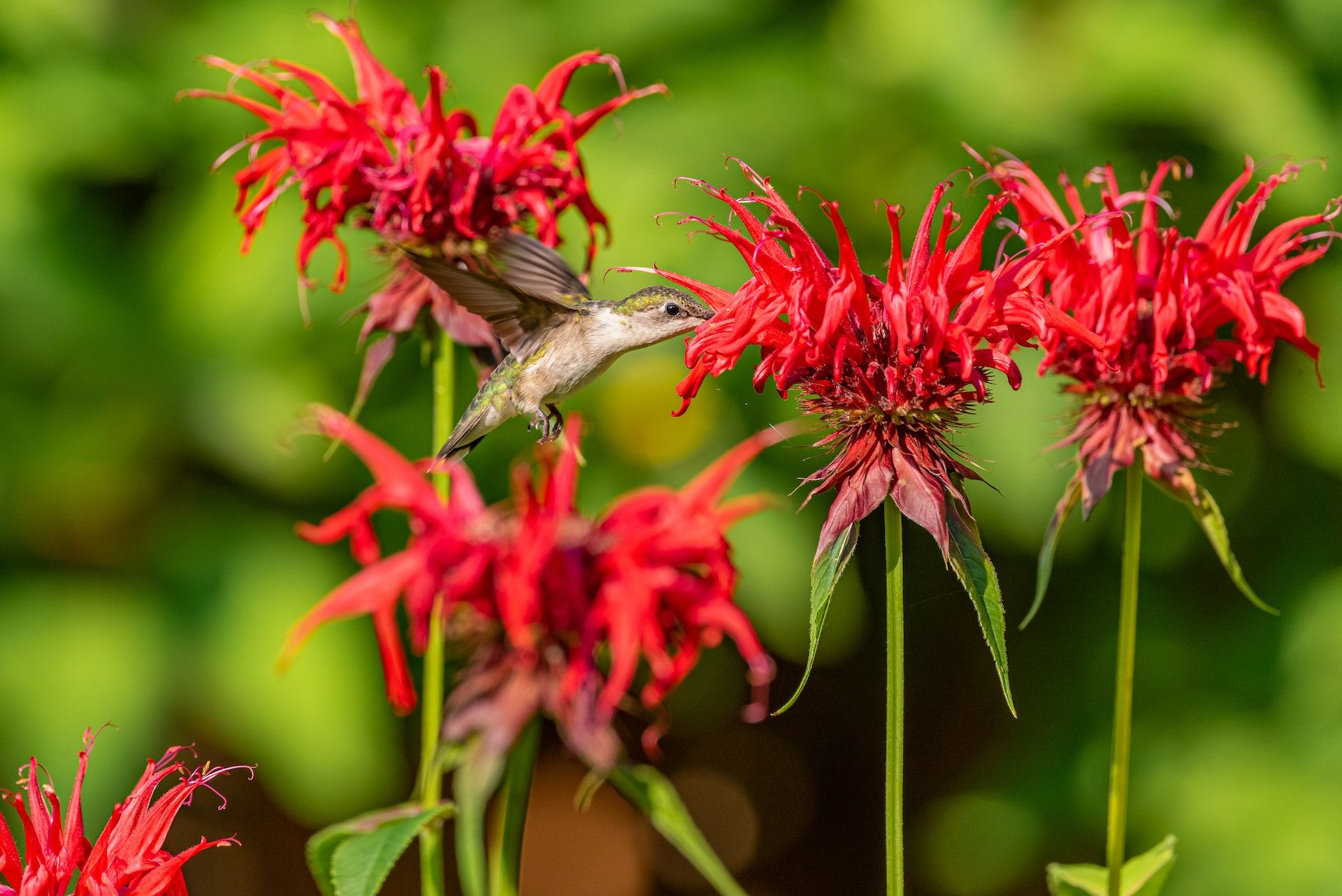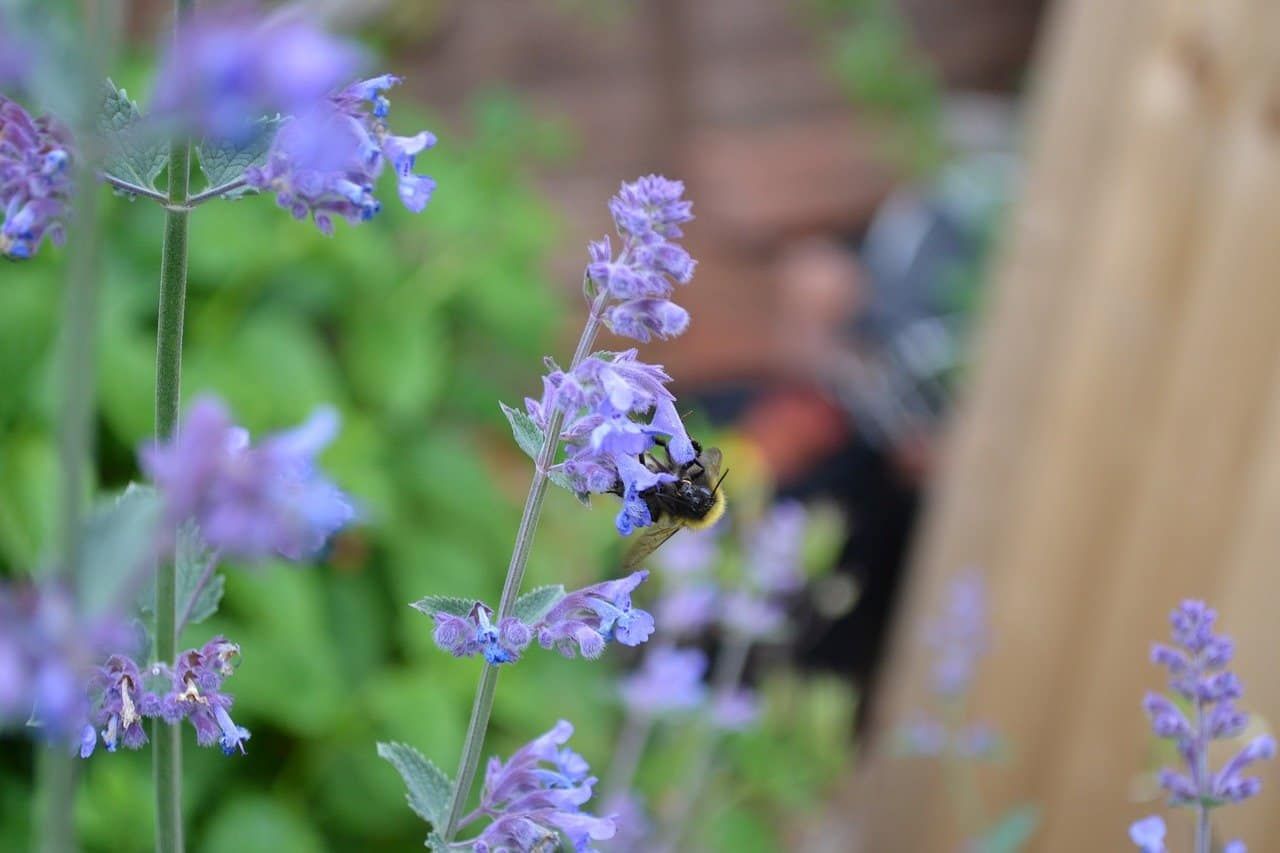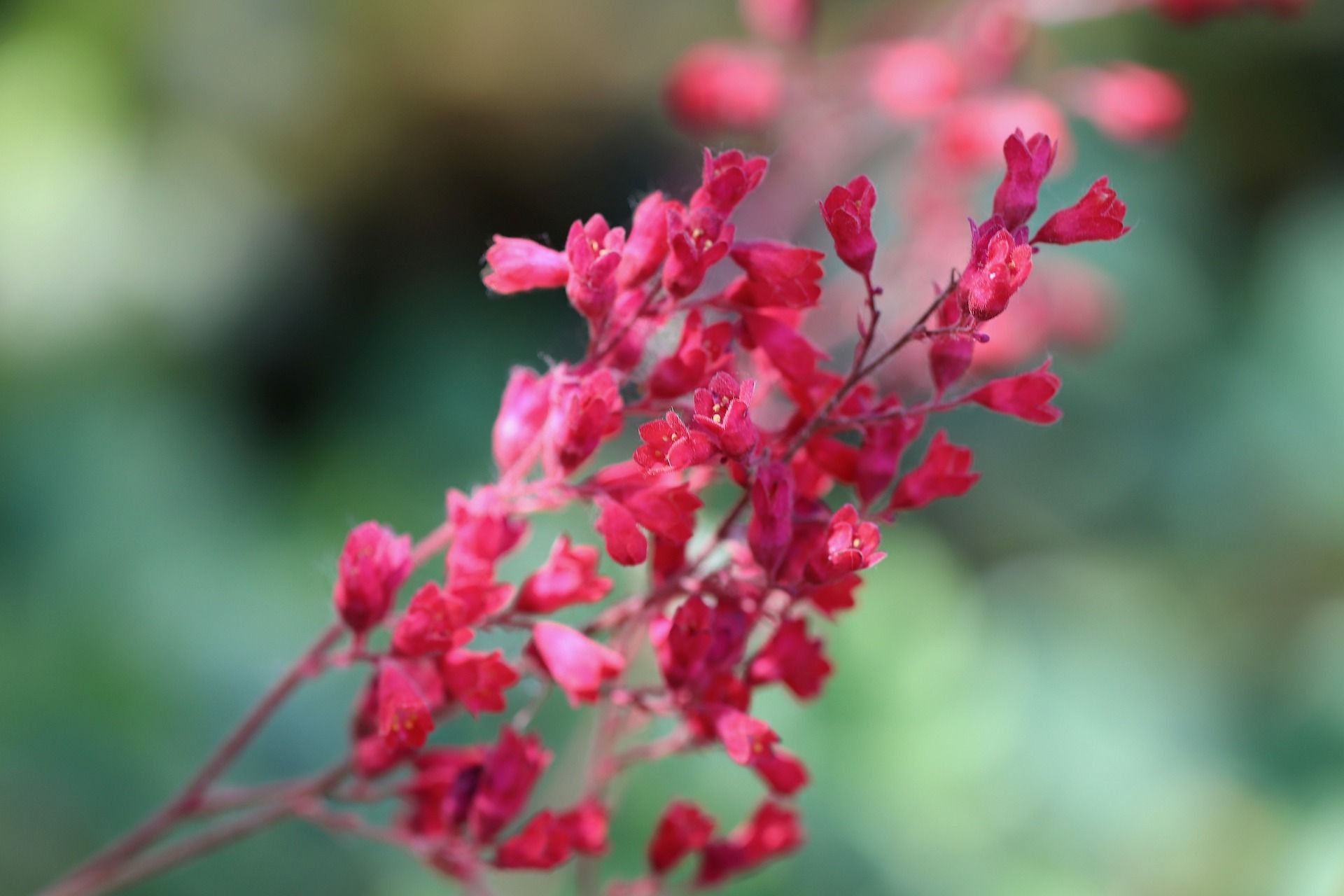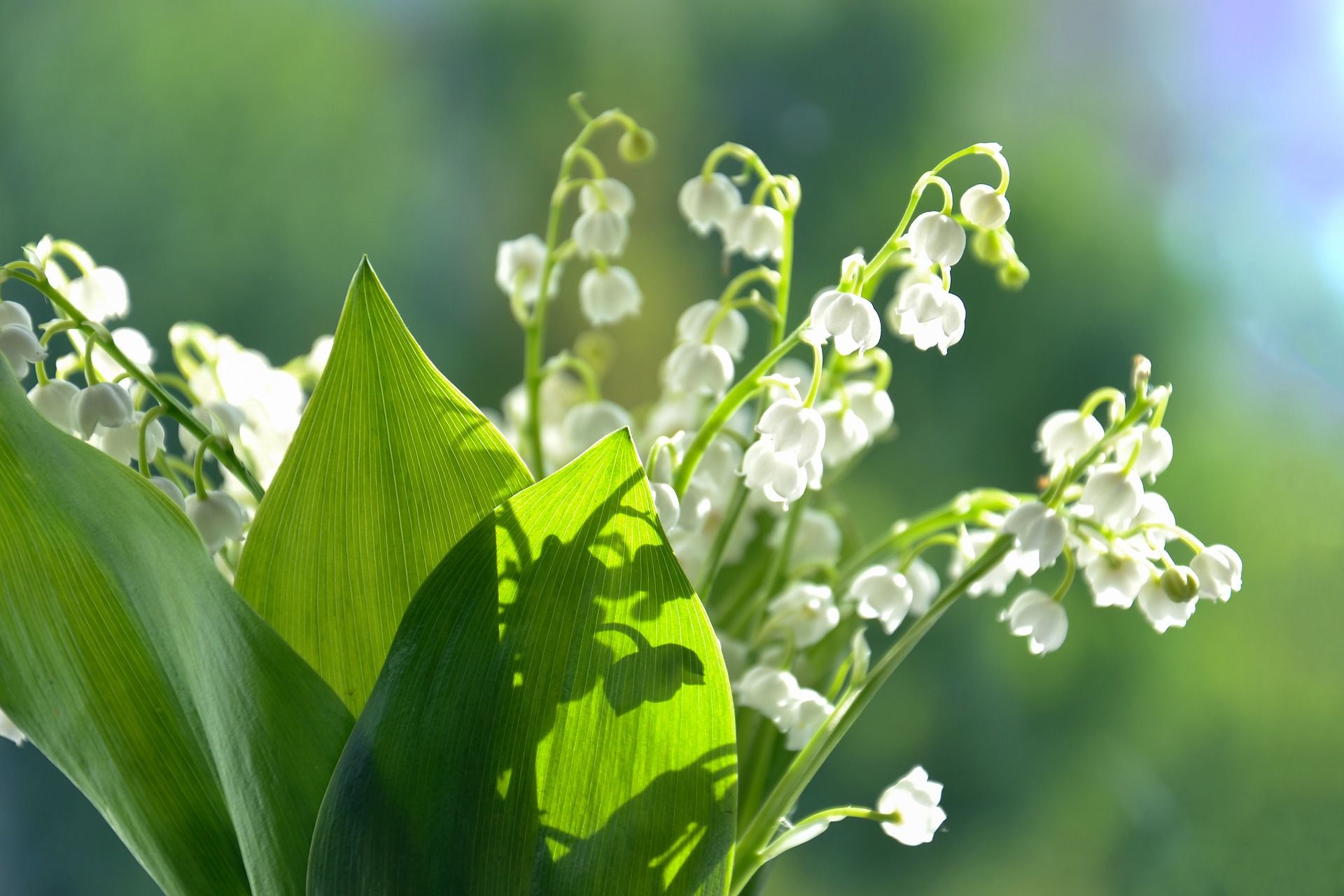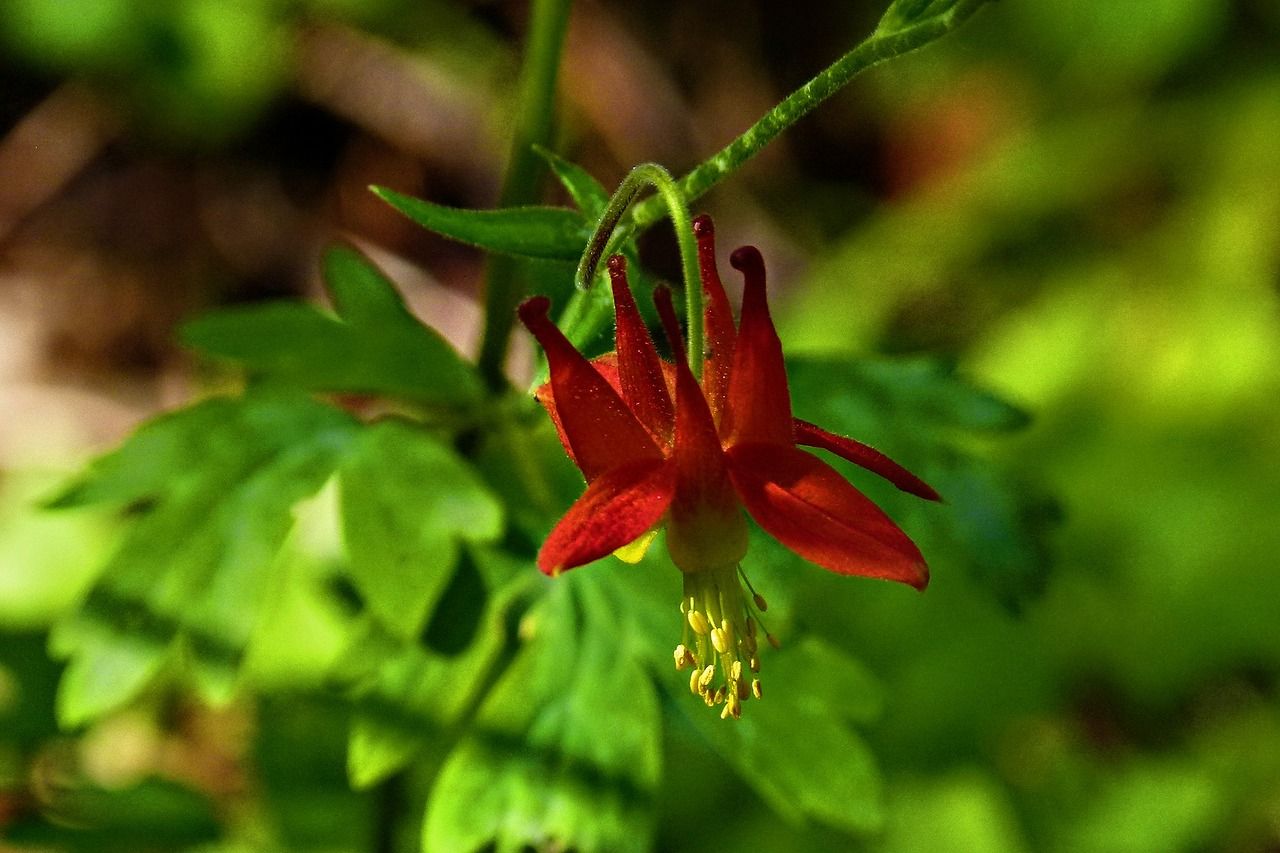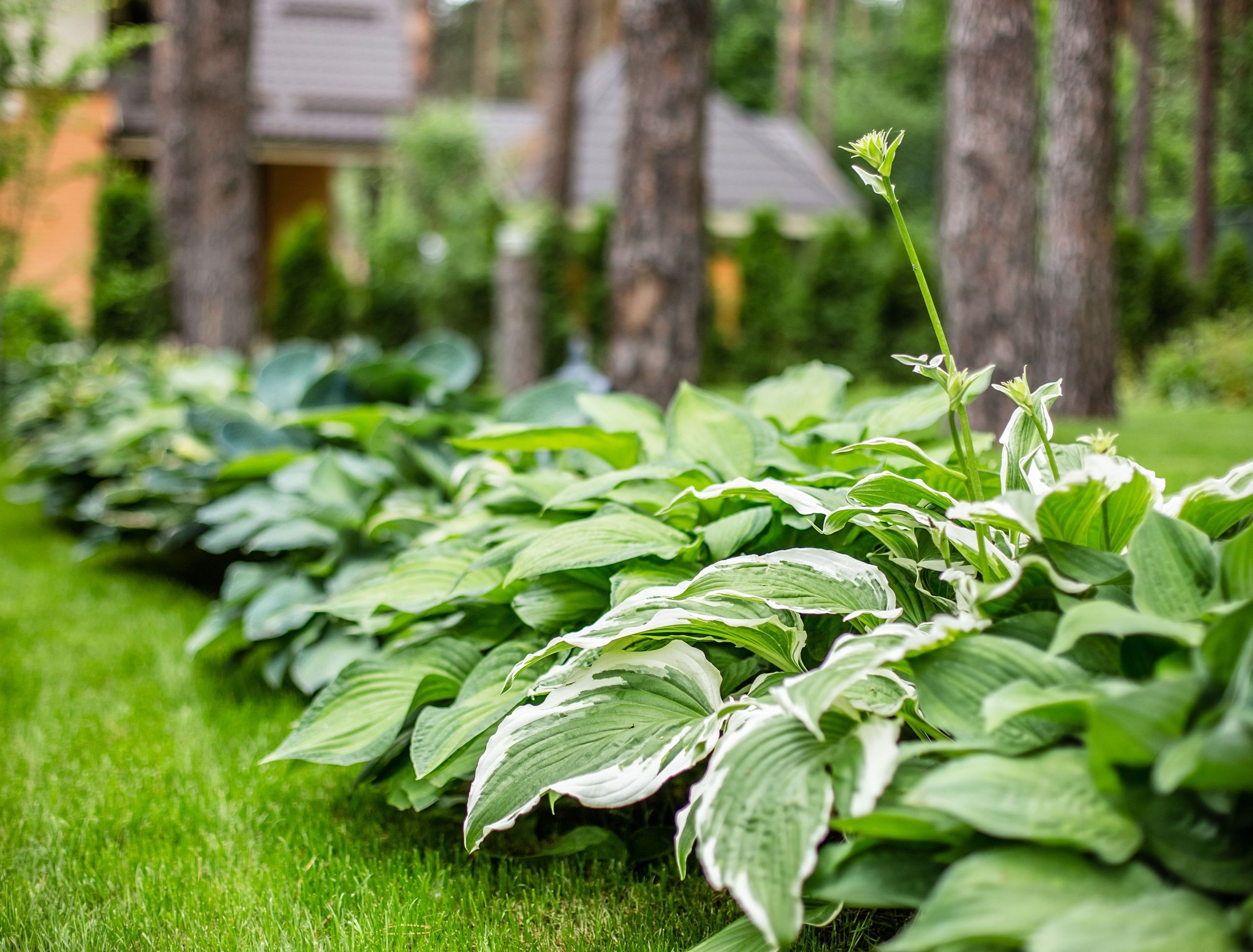With winter on the horizon, it makes sense that your winter landscape is at the top of your list. While you can plant different shrubs, colorful berry bushes, and pine trees for a unique curb appeal, it's crucial to have plants that will survive the cool temperatures and return next year.
Many winter plants are reliable, beautiful, and can handle a little inclement weather. You can save time searching - below find a list of the top six winter-hardy plants that will survive any upcoming snow storms and produce beautiful blooms through spring, summer, and fall.
Bee Balm
Image credits: Melissa Burovac via Unsplash
As the name would suggest, Bee Balm (Monarda) flowers attract bees, hummingbirds, and butterflies to your garden. It's also known for its show-stopping flowers. The thin, tubular petals emerge from the stem in a star shape, blooming from July through September.
The plants, available in colors such as crimson red, lavender, exotic pink, and creamy white, reach between 2.5 to 4 feet in height. Bee Balm plants prefer bright, full sun and well-draining soil. While they can grow in partial shade, they are more susceptible to powdery mildew. Remember to regularly deadhead and divide the perennial plants every two to three years for the best results.
A member of the Lamiaceae (mint) family, Bee Balm spreads rapidly, so it is best to grow it in containers or where it has enough room to grow! This relationship also causes the leaves to have a sweet, minty flavor, which is delicious in teas.
With the proper care, you'll see those bright red blooms pop up again in the spring, surviving the winter temperatures.
Catmint
Image credits: PollyDot via Pixabay
A herbaceous perennial, Catmint (Nepeta) is also a member of the mint family. Depending on the variety, this plant prefers partial shade to full sun and fertile, well-drained soil. It is drought-tolerant and even repels certain pests and insects, such as aphids and squash bugs. It means it's the perfect companion plant for your cucurbits!
The perennial produces flowers from early summer through fall, though it also boasts unique silvery foliage that begins growing in April. The lemony-minty scented purple and blue blooms are petite yet eye-catching. Once they die back for the season, leave the silvery foliage standing through the winter for added texture in your garden.
Coral Bells
Image credits: Nennieinszweidrei via Pixabay
Heuchera, or Coral Bells, is a genus that includes over 40 species in the Saxifragaceae family. The plants come in many heights, ranging from 8 to 24 inches tall. The colors also vary: you'll find shades of green, red, orange, burgundy, silver, yellow, peach, and variegated. Depending on the variety, the plants will bloom in late spring, as well as early or late summer.
The tiny bell-shaped flowers bloom in clusters from a plume of ornamental foliage, which tends to change in color through the seasons. For best growth, plant in moist, well-drained organic soils in partial shade or with morning sun.
Heuchera plants have shallow roots and may frost heave in their first winter due to the freezing and thawing cycles of the soil. To prevent the plant from lifting out of the soil, lay 3 inches of mulch after the first frost. It should act as insulation, keeping the soil temperature from reaching extremes.
Lily of The Valley
Image credits: Mareefe via Pixabay
With dainty white bell-shaped blooms that grow from an arching stem, Lily of the valley (Convallaria majalis) is a crowd favorite. The plant blooms in late spring, but it also boasts gorgeous vibrant green foliage that grows in pairs in an oval shape. Hardy in zones 2 to 7, the plants tolerate full sun, part shade, and full shade.
The herbaceous perennial plant grows 6 to 8 inches in height but spreads quickly, making it an excellent choice for ground cover. If you'd like to keep it isolated, plant it in containers instead. Keep the soil moist, and this plant should remain happy.
If you'd like to see a few blooms during winter, dig up a small portion of the plant and repot it. Then, bring it indoors and treat it like your other houseplants!
Wild Columbine
Image credits: ArtTower via Pixabay
Aquilegia canadensis, or Wild Columbine, is a perennial herb boasting vibrant red and yellow flowers that grow in a downward shape with exerted star-like petals. About 1 to 2 and a half feet in height, the plant has an erect stem with blue-green foliage and is attractive to bees and hummingbirds.
Beginning growth in the early spring and stopping in late summer with blooms from March to July, this plant is perfect for spring and summer color. It dies back naturally in fall, but it will return come spring. This plant is extremely tolerant of the cold.
Hostas
Image credits: EsfilPla via Shutterstock
Sometimes referred to as the plantain lily, hostas are herbaceous perennials with broad, mounding leaves that grow from a central crown. Depending on the variety, the plants grow anywhere from 6 inches high and a foot wide, to 3 to 4 feet high and 5 to 6 feet wide. Leaves range in color, shape, and size, though they generally have a splash of color that resembles paint strokes.
Hosta plants also produce trumpet-shaped blooms in creamy white and pastel pinks, purples, and blues. They thrive in filtered shade and make an excellent addition to fence lines, entryways, or beneath trees.
You can also easily divide hostas every few years in spring to encourage new growth around your yard. To prepare hostas for winter, cut them back and add a layer of mulch. This is one plant that's a must have!
See You in Spring!
While winter is on its way and there's much to do, you won't have to stress about protecting these plants and whether or not they'll survive the cool temperatures. These winter hardy flowers are gorgeous year-round, continuously adding to your landscape even in harsh weather.
Do you know any other winter plants that will survive in the snow? Share in the comments below!


